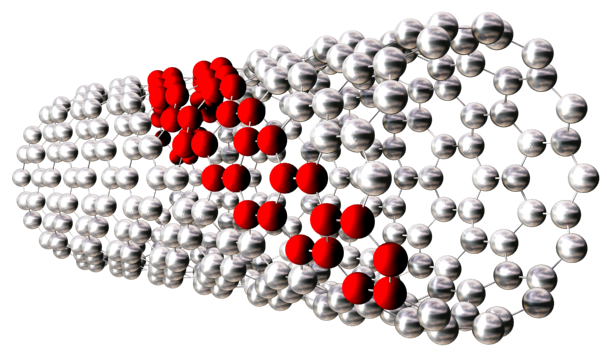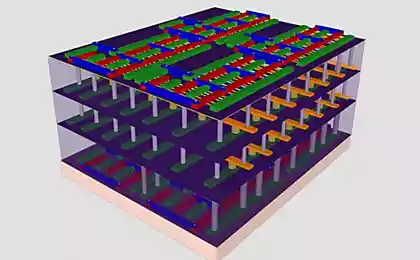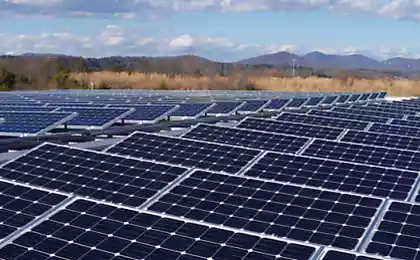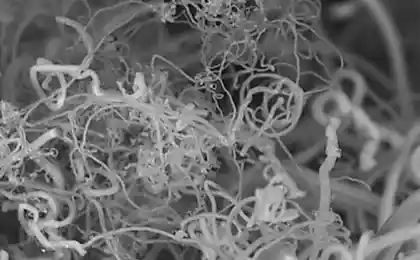499
The newest method of storing solar energy - fotoprilozheny
Scientists from Harvard and mit University have developed a new method of storing solar energy that will save in the molecules used for heating homes and cooking. The molecule itself is able to store the heat forever. They can be used unlimited number of times, there is no greenhouse gas emissions. We are now talking about non-commercial use of the method, however, the researchers have already succeeded in the laboratory to demonstrate the efficiency of the phenomenon, which is called foroperational.
Individual molecules as fotoprikoly able to take absolutely any form of two different. If they were in the middle of the hinge, exposure to sunlight would result in absorption of energy, causing to switch from one to another configuration which can remain stable for long periods of time.
To release the energy must be small molecules to heat, light or electricity. Under the influence of external factors, they are radiating heat back to its previous state. They behave exactly like rechargeable thermal batteries – take solar energy and store it for an indefinite period of time needed freeing.
As photopracticum of the substance researchers have used azobenzene, fixing of molecules on the substrate made of carbon nanotubes. The purpose of the experiment was to place the molecule close against each other, reaching densities of energy necessary to generate heat.
In practice, however, only managed to pack half the required number of molecules. Surprisingly, in the experiment, instead of the planned growth of the energy density of almost thirty percent, it has increased literally for two hundred percent. As it turned out, the main thing — not the number of molecules of azobenzene, which was placed on the carbon nanotube and the nanotubes close to each other.
The azobenzene capable of forming surface "teeth" to stop the neighboring nanotubes. But the result of research showed that concentration required for energy storage. Researchers believe that changes in the combination fotoprikoly molecules as substrate, it is possible to get smaller or larger the stock of the proposed energy.

Source: zeleneet.com























